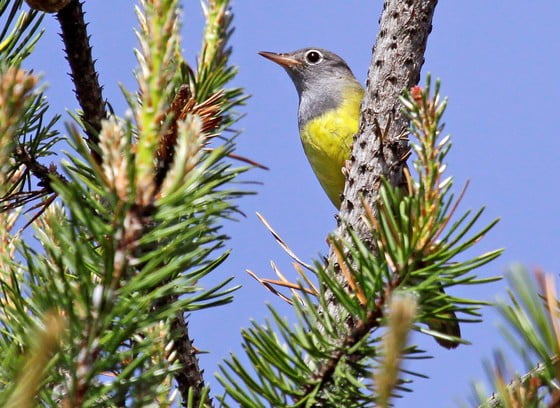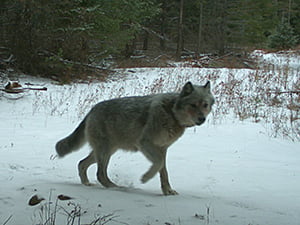
-Photo by ODFW-
SALEM, Ore.—ODFW will capture 155 pronghorn antelope in the southeastern part of the state during the week of Sept. 22 in order to deploy GPS transmitters to identify migration patterns and winter range.
In partnership with federal agencies, ODFW wildlife biologists working under the U.S. Department of the Interior’s (DOI) Secretarial Order 3362, aim to improve habitat quality in western big game winter range and migration corridors through this data-collection operation.
Since data are lacking for pronghorn movements across most of southeastern Oregon, this operation will provide important information in identifying where critical corridors occur on the landscape.
The timing of the project primarily falls after the archery deer and elk seasons but before the rifle deer season starts Sept. 28. Some hunters scouting for deer may see the capture crew operating in the Malheur, Harney and north Lake County areas. Hunters should be aware that low-flying helicopter flight patterns during this four to five-day period are targeting pronghorn for capture. ODFW and its contractors will work to avoid impacting deer hunters who are pre-season scouting in the area.
“We don’t expect the helicopters to have an impact on hunters who are scouting,” said Don Whittaker, ODFW ungulate coordinator. “Pronghorn and mule deer should be in different areas during this operation since the animals use different places on the landscape. There are some exceptions such as Steens Mountain and the Trout Creek mountains, but as a whole, there won’t be much overlap,” added Whittaker.
Background info from DOI SO 3362 State Action Plan

-Photo by Dave Budeau-
Movement and migration corridors are important biological parameters for ungulate populations. These areas are best delineated using movement data collected from animals using GPS transmitters and modern, rigorous geospatial analyses. While Secretarial Order 3362 recognizes the need for habitat improvement and conservation of migration corridors, more data are needed in Oregon to properly identify where critical corridors occur on the landscape.
In particular, data are lacking for pronghorn movements across most of southeastern Oregon. ODFW is currently collecting GPS data from hundreds of mule deer throughout their eastern Oregon ranges that will facilitate identification of critical movement and migration corridors on all land ownerships, including the timing of migration and potential barriers
The majority of pronghorn habitats in Oregon occur on BLM lands. Rigorous data documenting movement and migration corridors for pronghorn in Oregon is currently extremely limited.

